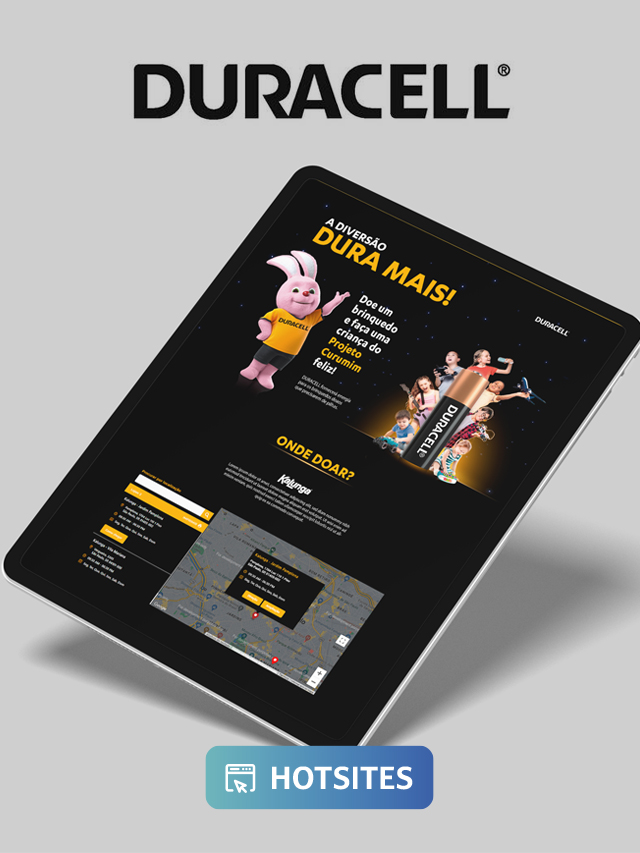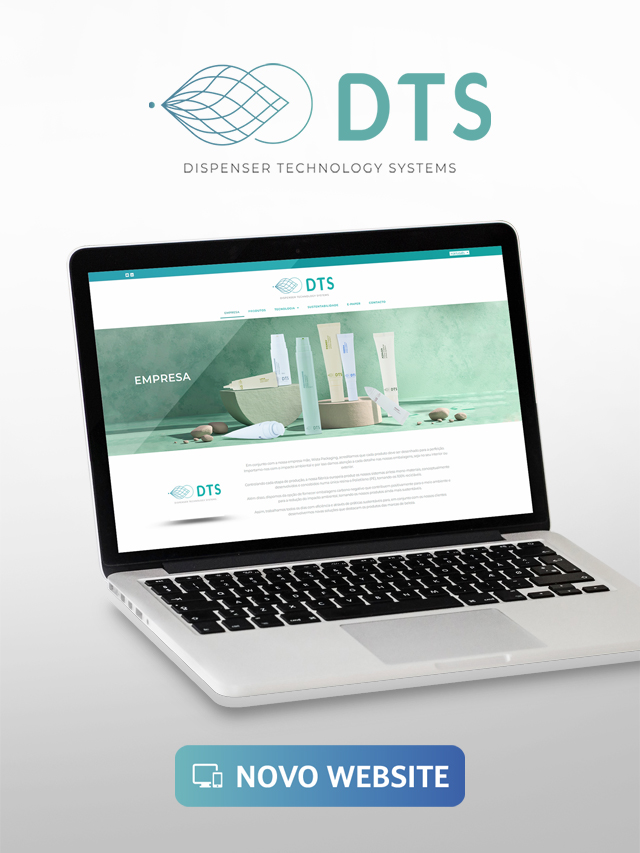Those who dedicate themselves to understanding a little more about communication processes know that understanding a message comes through different elements. However, it is difficult to point out one that is more important than the name. It is how you introduce yourself, become known and convey ideas when quoted, written or referenced. And in the case of companies it is no different. Understand a little more about naming and check out some tips on how to create a brand name.
Quite simply, naming is the process of creating names for brands, which indirectly includes communicating beyond it. When it doesn't make any sense, people rarely make automatic connections, as in the case of Apple, which is linked to the idea of knowledge. Therefore, we can say that choosing the name is the first, and one of the most important, steps in branding actions.
Read too: What is Branding and why does your company need it?
The process of creating names for companies must take into account legislation and the availability for creating virtual spaces. Breaking laws and committing other acts of bad faith do not bear good fruit and are charged sooner or later. With this, it is necessary to take into account a number of factors to arrive at the ideal name.
Naming is not done overnight.
Among the factors that must be taken into account are the public, concept, objectives, differentials, values, positioning and issues that are intended to be solved. In other words, the naming process is complex. But believe me, it's worth it. Check out the main elements to consider when creating a memorable name for a brand or product.
- The name must be available;
- Opt for something short and easy;
- Think carefully about the meanings of the words;
- Escape clichés and fads;
- Affective and personal motivation are interesting, but beware;
- Evaluate sound and writing;
- Explore words in other languages.
Read too: Learn what SWOT is, a tool also known as FOFA
How to create a brand name? Know also the types of naming
It's not easy to come up with unique and dynamic ideas to find something that fits the market niche. Get to know the main types of naming, to think of some parallels that can help you in this important task.
● Descriptive: the descriptive name is the one that indicates what the company, product or service is or does. So, when hearing or reading it, people will immediately associate it.
E.g. Bank of Brazil.
● Experience: A brand name can also be chosen because of experience. In this case, it deals with the emotions and expectations provided by the brand.
E.g. the Amazon clothing brand.
● Invented: invented names may not refer to later experiences, but they certainly have their value. They are unique and, over time, gain strength in people's minds.
E.g. Häagen-Dazs.
● Toponymics: toponymic names make direct reference to the place of origin of the company or product.
Ex.: New York Times, Folha de S.Paulo.
● Patronymics: patronymic names, in turn, are based on names of persons.
Ex.: Colgate, Nestlé, Philips, Gillette, Ferrari and many others.
● Compound: already the compound names are the junction of two or more words for its composition.
Ex.: Gatorade is the fusion of the words Gator and Aid, which means “support for the Gators”, as an incentive to the football team of the University of Florida.
● abbreviated: the opposite can also occur, that is, with the abbreviation of another term, but with a unique sound.
Ex.: Intel, which is the shortening of the word “intelligence”.
● Suggestive: suggestive names are those that awaken the idea or memory of something.
Ex.: Antarctica, whose product is usually consumed chilled.
● Acronyms: another very common resource when creating names is a kind of abbreviation, the acronyms.
Ex.: SBT (Brazilian Television System), 3M (Minnesota, Mining and Manufacturing) and LG (Life's Good).
Read too: 9 tips on how to retain your customers
After all, how do you come up with a brand name and how do you know you made the right choice?
Naming is not magic. However, there is a methodology that can help in this task so as not to start from scratch. The first step is the investigation, moment to raise the attributes of the brand, as mission and values, cultural and geographic factors, as well as the target public.
Read too: Learn a little more about the 80/20 rule, also known as the Pareto Principle
The second phase is the brainstorming phase. Promote a dynamic with those involved in the project by making a cloud of words that refer to the idea. Here, there is no need to restrict possible bad choices, the objective is precisely to let creativity flow, so that, then, in the filtering phase, the elimination of what did not work very well is done. Later, in the analysis stage, it is necessary to be a little more careful, answering some questions:
● Is it easy? Your name must be simple to pronounce and write;
● Is it impactful? It must stand out in the eyes of the consumer;
● Is it expressive? Another crucial naming factor is representing the purpose of the brand;
● Is it unique? It is essential to differentiate you from the competition;
● Is it memorable? The name should ring like a gong in the consumer's mind;
● Is it pleasant? The appearance of the name should also appeal to the audience;
● Is it available? Is the domain (URL) and top profiles available?;
● Is it traceable? Your brand must be found by people in the digital environment;
● Is it versatile? See if the name can be used elsewhere in the world, if there is interest in expansion.
Read too: Know what Performance Marketing is
Before putting the tips on how to create a brand name into practice, consider partnering with a communication agency.
Throughout this article, it is possible to observe that choosing a name for the brand is not a very simple task, as it involves several tests, application of techniques, in addition to all the bureaucratic part. Therefore, having a specialized and experienced team in this process can speed up a lot of things, in addition to ensuring that everything is being done in accordance with Brazilian legislation.
Last but not least, a communication agency or an internal team focused on the area will make all the difference for the construction of the visual identity, creation of social media with that name, as well as medium and long-term planning of marketing actions. , either online or offline campaigns, feasible with the budget available for such actions.
Alliance Comunicação has been in the market for over 10 years, offering the best solutions in the area to its customers, including Branding Management. Click here to learn more.































